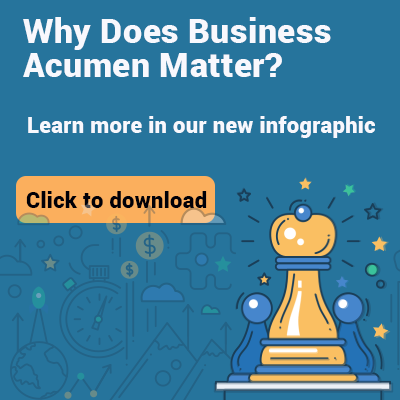A Global Business Acumen Perspective and Insight – Part 1 of 4
Now that we are more than half way through the first month of the New Year and have settled back into our “normal” routines, this blog post will share that there are no more normal routines.
Researchers at McKinsey have presented a new and compelling way to look at the world of business and further develop our business acumen competency and skills to adjust to the changes of this new business world.
No Ordinary Disruption is a game-changing book and series of articles that succinctly provides ideas
and insights that business leaders and decision makers can use and apply immediately. The authors share four mega-trends that are reshaping the global landscape and are critical to know as you execute your strategic plans, make business decisions, lead your people, sell your products / services, and try to achieve your short- and long-term objectives.
These trends include:
- The Age of Emerging Market Urbanization
- Accelerated Technological Change
- The Challenges of the Aging World
- Global Connectivity
I have written this blog post in four parts, sharing an interpretation of each of the four trends that will cause business headwinds and tailwinds for you during the upcoming year and what they mean to you from the Global Business Acumen, Business Leadership, and Strategic Business Selling perspectives.
The Age of Emerging Market Urbanization
A typical day. I woke up early for my daily run, did a solid 2.5 miles out and on the way back, I found myself dodging out of the way of a White BMW X3 SUV driven by a soccer mom having a conversation on her cell phone as she pulled up to the “drop-off lane” at the school. Welsh Valley Middle School in Penn Valley, Pennsylvania? Nope. The beautiful new Middle School in an affluent section of Shenzhen, China.
This scene is now playing out every morning in many emerging market cities as they experience the simultaneous impact of their industrial and urban revolutions. The only difference is that the SUVs may be Mercedes, Land Rovers, or Cadillac Escalades. The center of the world economy continues to move faster than lightening shifting from North America and Europe to Asia. Consider this; in 2000, 95% of the Fortune Global 500 was headquartered in the United States. By 2025, 50% of the largest companies in the world - with revenues greater than $1billion – will be headquartered in China.
The impact of this urban population explosion is profound as it has been growing by 65 million people per year during the last 30 years. That’s approximately equal to 10 Philadelphia Metropolitan areas which is the 4th largest in the US. And here is the most important data point: 50% of the global GDP will come from over 400 cities in emerging markets. And these cities are not called Shanghai, Bangalore, or Dubai which is what most business people think.
Global business leaders will need to know the names of cities such as Hsinchu, Santa Catarina, and Tianjin just to name a few. As you get to know these cities, you need to consider these core business questions:
- What is our overall strategy for continued global expansion?
- How do I reach these potential new customers?
- Where do we get the capital to finance expansion?
- How long will it take to establish a brand?
- What channels of distribution and sales structure will we establish and support?
And then there are the human capital questions:
- Are there any available trained and educated workers and leaders ready to be integrated into our business culture?
- How do we onboard?
- How do we train and develop?
- How do we determine our training priorities?
- What performance management systems do we use, and are they different?
These are all serious business and talent development challenges and opportunities to think about and prepare for. In the next blog post, we will explore the impacts on business of accelerated technological change.





